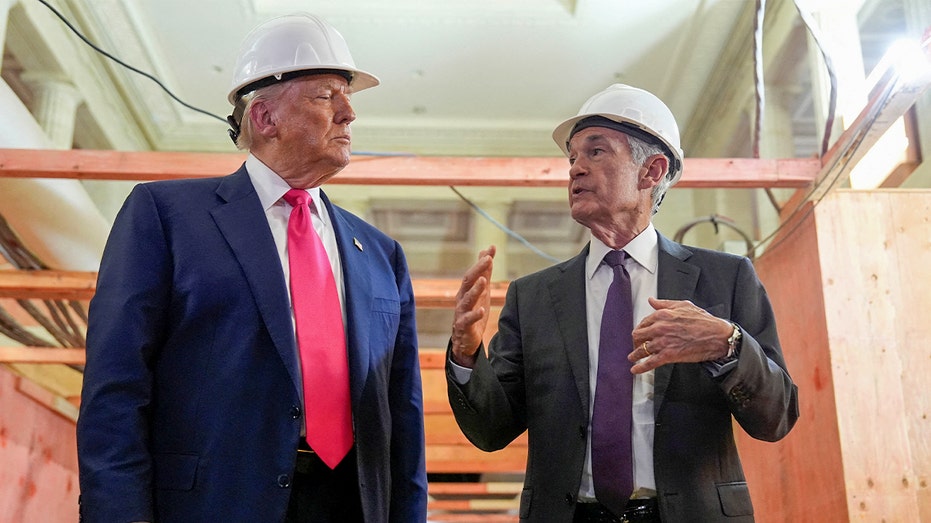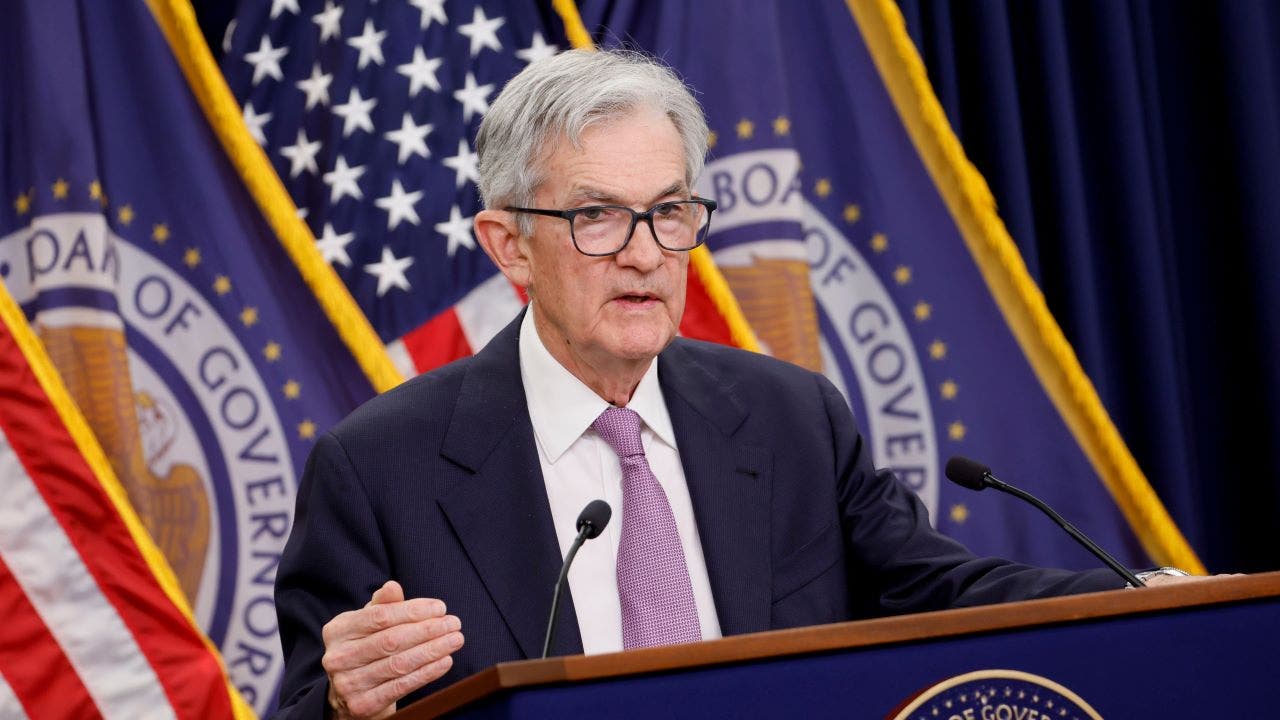The minutes of the Federal Reserve’s July meeting released on Wednesday showed that policymakers were more concerned about the risk of inflation from the impact of tariffs than the labor market as they debated interest rate policy.
The Federal Open Market Committee (FOMC), the Fed panel responsible for monetary policy decisions, voted 9-2 to leave the benchmark federal funds rate unchanged for the fifth straight meeting at a range of 4.25% to 4.5% in July.
That decision occurred despite the first dual dissent in favor of cutting rates since 1993, as Governors Michelle Bowman and Christopher Waller supported a 25-basis-point cut due to risks they saw to the labor market.
“Participants generally pointed to risks to both sides of the Committee’s dual mandate, emphasizing upside risk to inflation and downside risk to employment,” the FOMC minutes said. “A majority of participants judged the upside risk to inflation as the greater of these two risks, while several participants viewed the two risks as roughly balanced, and a couple of participants considered downside risk to employment the more salient risk.”
POWELL FACES ECONOMIC CROSSROADS IN JACKSON HOLE SPEECH AS FED CHAIR TENURE NEARS END
The FOMC minutes noted that “many participants” observed that inflation remained above the Fed’s longer-run target of 2%.
“Participants were becoming more apparent in the data, as indicated by recent increases in goods price inflation, while services price inflation had continued to slow. A couple of participants suggested that tariff effects were masking the underlying trend of inflation and, setting aside the tariff effects, inflation was close to target,” the FOMC said.
TREASURY’S BESSENT SAYS INTERVIEWS FOR POTENTIAL FED CHAIRS WILL START AROUND LABOR DAY
Fed policymakers also discussed the outlook for inflation, with most expecting it to rise in the near term – though there was “considerable uncertainty remained about the timing, magnitude, and persistence of the effects of this year’s increase in tariffs.”
“In terms of timing, many participants noted that it could take some time for the full effects of higher tariffs to be felt in consumer goods and services prices,” the FOMC said.
Among the reasons for the delay in the transmission of tariff costs to consumer prices were the “stockpiling of inventories in anticipation of higher tariffs; slow pass-through of input cost increases into final goods and services prices; gradual updating of contract prices; maintenance of firm-customer relationships; issues related to tariff collection; and still ongoing trade negotiations.”
BESSENT SAYS MARKET EXPECTS FED TO CUT RATES THIS YEAR: ‘SUBSTANTIAL PROBABILITY’
The Fed’s last meeting occurred before the weaker-than-expected July jobs report, which showed just 73,000 jobs were added – well below the 110,000 estimate of economists polled by LSEG – along with downward revisions of 258,000 jobs in May and June.
That report, along with more current inflation and labor market data to be released between now and the FOMC’s next meeting on Sept. 16-17, will be factored into whether the Fed cuts rates by 25-basis-points as the market anticipates.

Eric Teal, chief investment officer for Comerica Wealth Management, said that, “Inflation remains on the front burner for Fed officials as tariffs still pose a risk to the economy and a pickup in inflation.”
“The effective tariff rate on imports has risen to about 16% in August from 11% last month with the majority set to land on consumers. The labor market remains a wild card, but the high-frequency data has yet to substantiate the concerns created by the July jobs report,” Teal added.
“Participants pointed to risks to both sides of the Committee’s dual mandate, emphasizing upside risk to inflation and downside risk to employment,” Ryan Sweet, chief U.S. economist for Oxford Economics.
“The key, however, is that most participants viewed the two risks as roughly balanced, and a couple of participants considered downside risk to employment as the more salient risk,” Sweet said. “It’s unclear if the July employment report and the revisions to prior months, released after the July meeting, alter some views of the balance of risks.”
